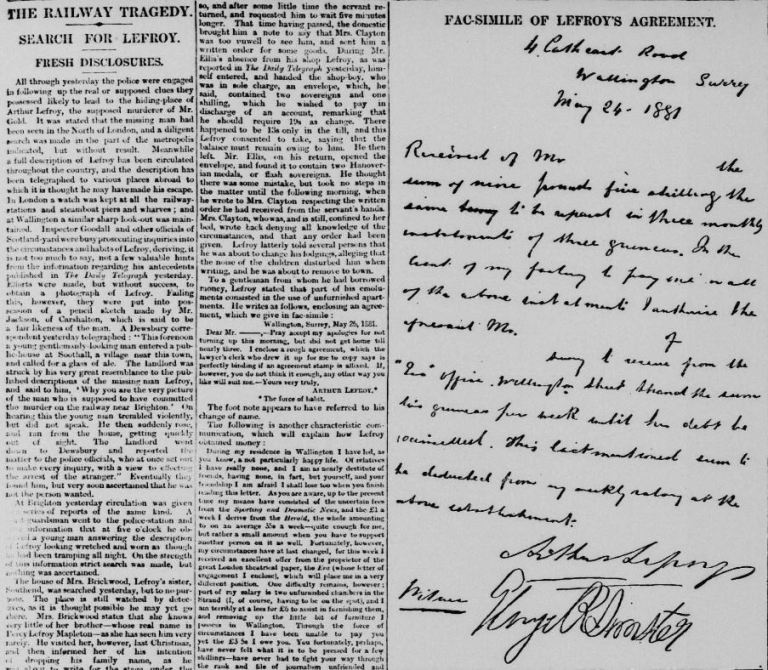Posted on May 4, 2016
By: Daniel Pullian
‘The compartment was much bespattered with blood’: the Brighton Railway Murder
Barely a week went by in the nineteenth-century press without a sensational crime story appearing. Whether it was the gory prospect of blood and dismembered bodies, or simply the thrill of a classic ‘whodunit’, there can be little doubt that crime reporting made compelling copy. This was certainly the case with the ‘Brighton Railway Murder’ which took place in the summer of 1881. From beginning to end, the case captivated the imagination of the British people, eager to discover who had murdered wealthy tradesman Frederick Gold, and what would become of the culprit. A search of Gale Artemis: Primary Sources highlights the case’s notoriety, giving me the perfect opportunity to trace its development.
Read moreA Captivating Crime Story: the Brighton Railway Murder




